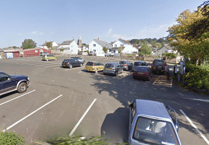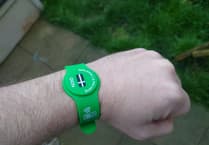IN reply to Mr Bibey's letter (November 4), the 'Last Post' has nothing to do with the US Army, who use a tune called 'Taps', but is fully based in our army's history.
The 'Last Post' can be either a Bb Bugle call within British Infantry regiments or an Eb Cavalry Trumpet call in British Cavalry/RHA regiments used at Commonwealth military funerals and ceremonies commemorating those who have fallen in war. The two regimental traditions have separate music for the calls. Whilst the Infantry (Bb Bugle) version is the better known of the two versions of the call the Eb Cavalry Trumpet version is the tune used by the state trumpeters of the Household Cavalry.
The Last Post call (2nd Post) is used in British Army camps to signal the end of the day when the duty officer returns from the tour of the Camp and Quarters. The call 'First Post' is used to mark the start of the inspection. The name derives from the practice of inspecting all the sentry posts around such a camp at the end of the day, and playing a call at each of them. The 'Last Post' was thus the last point of this inspection, and the call signalling that this post had been inspected marked the end of the military day.
This custom dates from at least the 17th century, and originated with British troops stationed in the Netherlands, where it drew on an older Dutch custom, called Taptoe. Taptoe originated signalling the moment that beer barrels had to be shut, hence that the day had ended.
It comes from the Dutch phrase Doe den tap toe, meaning 'Turn the tap off': however, the Dutch 'Taptoe' bugle call 'Taptoesignaal', now used for remembrance events, is not the same tune as the 'Last Post'.
Neither 'Last Post' nor 'Taptoesignaal' is to be confused with the US call 'Taps', which has a similar function but different tune and origin
The Last Post was used by British forces in North America in colonial times, but its function was taken over in the United States by 'Taps', which has been used by the United States Army since 1862.
Stan Stormont
Okehampton



